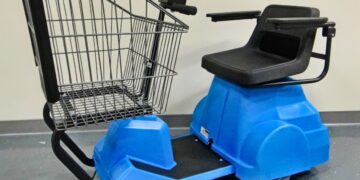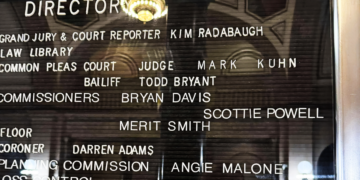Those interested in simplifying their lives and reducing their impact on the environment have been drawn to the tiny house movement. There’s more to tiny house living than living with less stuff and less space. Here’s what to know before you buy or build a tiny house.
Zoning Laws
If you buy or build a tiny home, where are you going to put it? There are two types of tiny homes: mobile versions built on trailers or permanent dwellings built on foundations. Before you take any steps toward buying or building a tiny home, research zoning laws and restrictions in the location you plan to live.
If you’re building a tiny home on a trailer, be aware you may have a hard time finding a place to park it. Municipalities have been slow to adapt to the tiny home trend. Some regard living in a tiny home in your own back yard as “camping,” in violation of local laws.
Tiny homes built to comply with standards for recreational vehicles (RVs) and certified as such by the Recreational Vehicle Industry Association (RVIA) may be allowed to park in RV campgrounds. You may find that you must park your tiny home in areas zoned for mobile homes only. You must decide how your tiny home will be supplied with power (solar?) and water, and how you will dispose of waste.
Tiny homes built on foundations may be classed as “accessory dwelling units,” which some cities allow while others do not.
Permits, Inspections, and Insurance
Tiny houses built on foundations must comply with local permitting requirements and building codes. They will undergo inspections during construction.
If you’re considering a mobile tiny home on a trailer, you may have trouble finding insurance for it unless it is certified as an RV by the RVIA. Even then, building the home on a trailer adds considerations of height and weight. It must comply with laws about the size of vehicles on highways and fit under overpasses. A tiny home on a trailer can be substantially heavier than an RV. You’ll need a powerful truck to tow it.
What To Do with All Your Stuff, Including Your Current Home
If you can’t get rid of most of your possessions before moving into a tiny home, a storage unit might be a necessity. Then there’s the question of whether you intend to sell or rent your current home. Renting could provide income, but it also comes with the responsibilities of being a landlord.
Even if you can reduce your possessions to those that will fit comfortably in a tiny home, are you sure you can handle living in less than 400 square feet? Most tiny homes are much smaller than that—ranging from 96 to 150 square feet. Tiny home advocates recommend taking a tiny home for a test drive first. Rent a stay in a tiny home to see how tiny home living suits you.























































































